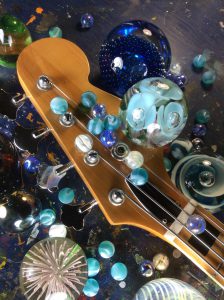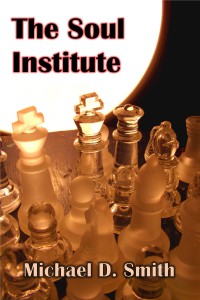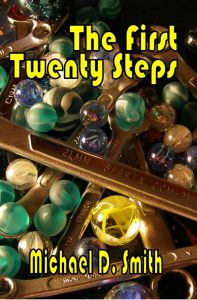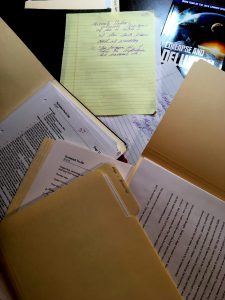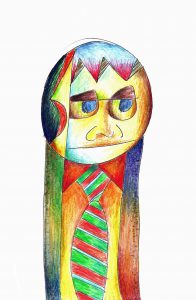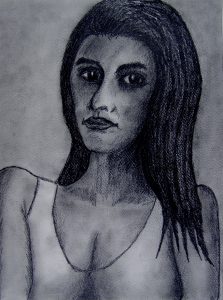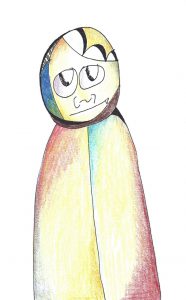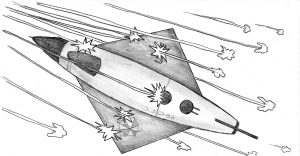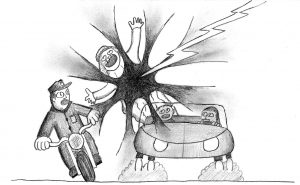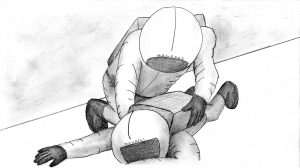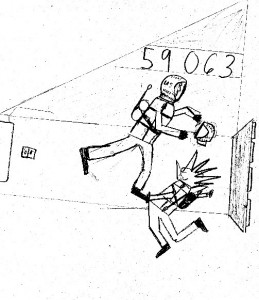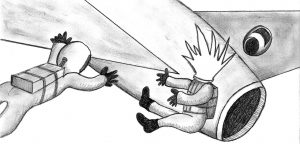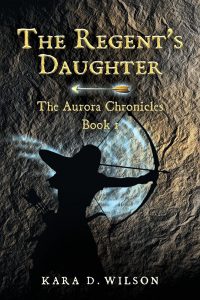 A cinder block falls on Akard Drearstone’s head and he trades his print shop job for lead guitar. Months later, as the four members of the Akard Drearstone Group face the onslaught of national fame at their rural Texas commune, twelve-year-old Jan Pace nurses her crush for the narcissistic, paranoid bassist Jim Piston, growing up way too fast in a surreal summer between seventh and eighth grade.
A cinder block falls on Akard Drearstone’s head and he trades his print shop job for lead guitar. Months later, as the four members of the Akard Drearstone Group face the onslaught of national fame at their rural Texas commune, twelve-year-old Jan Pace nurses her crush for the narcissistic, paranoid bassist Jim Piston, growing up way too fast in a surreal summer between seventh and eighth grade.
eBook:
Amazon
Barnes and Noble
Smashwords
paperback:
Amazon
The Akard Background
Over the past forty-two years Akard Drearstone has gone from being an unexpected if unpublishable flood of expression and experimentation, to an obsessive trial and an abandoned burden, to years of neglect followed by a renaissance demanding new integration, and finally to a determination to press this project to a conclusion, to make it the best writing I can do and push it out into the world. I’m not just polishing up some decades-old manuscript I’m feeling nostalgic about; there is some karmic life-destiny about finally publishing Akard through Sortmind Press. The cover and the glorious print version confirm that for me. What a lovely object has taken form!
The central vision for the novel was my secret desire after graduating from Rice to live in an artistic commune. Since I couldn’t do that, and being a rigorous introvert probably would’ve hated it anyway, the next best thing was to write about it. Akard emerged full-scale in one day in August 1975 as I constructed a satire record album cover out of scraps of pink paper. Three single-spaced pages of notes I typed a few days later charted the course of the first draft. From August 1975 to February 1976 I heavily inventoried dreams, recent ideas, and my bleak employment in an insurance company to throw everything into what I knew would be a massive work unlike anything I’d done before. It may be that the stretching involved in Akard, the disbelief that so much expression could flow out, is the reason I’ve been so committed to it. It was Akard’s tone and methods that began the evolution towards the rest of my novels.
Official Sortmind.com Website Synopsis
Jan Pace, a twelve-year-old girl at the Akard Drearstone commune north of Austin, Texas, watches Akard Drearstone and his fellow musicians setting up for what they think will be a small concert on their dirt parking lot. Jan, who knows she’s in love with the twenty-seven-year-old bass guitarist Jim Piston, tries to comfort him while he freaks on marijuana. Meanwhile, to everyone’s shock, thousands of Akard Drearstone Group fans have invaded the parking lot and the vast fields beyond.

